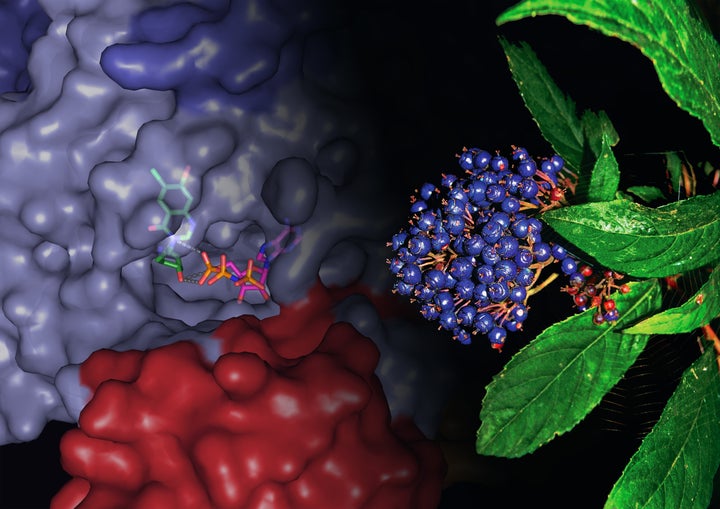
Science has confirmed just why an herb used in Chinese medicine possesses its healing properties.
The findings, published in the journal Nature, show that the herbal medicine Chang Shan, which is used to treat fever from malaria in Chinese medicine, works because of a derived compound in it called halofuginone.
The scientists from the Scripps Research Institute were able to find just how halofuginone works to suppress the immune system (since an immune response is generally what causes fevers) by creating a high-res molecular structure of the compound.
The university explained in a statement how exactly halofuginone may work in helping with malarial fever:
The new structure shows that, like a wrench in the works, halofuginone jams the gears of a molecular machine that carries out "aminoacylation," a crucial biological process that allows organisms to synthesize the proteins they need to live. Chang Shan, also known as Dichroa febrifuga Lour, probably helps with malarial fevers because traces of a halofuginone-like chemical in the herb interfere with this same process in malaria parasites, killing them in an infected person's bloodstream.
Halofuginone has been the focus of many other studies in the past, too. In a previous one, scientists from Harvard University School of Dental Medicine found that halofuginone could block harmful immune cells from developing, which could be promising in treating autoimmune disorders.
And researchers from Indiana University-Purdue University and the University of Virginia published a study in the journal Cancer Research, suggesting halofuginone could play a role in stopping the spread of melanoma in the bone.